Spring energy, longer days and milder weather has helped inspire more people to be out on the land and much activity has been happening to do with the FHT some of which you will find documented in other articles in this newsletter. It is left for me to fill in the gaps and also give you some idea of the inspiring things that are in the pipeline during the next few months.
George’s article covers the various construction projects that we have been involved in. As he mentioned these have been supported by having the Conservation Hub facility to work out of. You might like to view a short video produced by the Britta and Alex of the Findhorn Foundation Communications team where I give a little tour of the building and tell a little more about it – the link can be found here.
The construction projects have also been greatly helped by the milling of the storm–damaged wood for the new sanctuary that was mentioned in the last newsletter as this process provided ‘waste’ wood that could be used to build the various structures. The sanctuary timber operation was aided by a host of volunteers and was completed on the 14th of April, which incidently was the date back in 1968 that the construction of the old sanctuary was finished. A huge thank you to our sponsors and all that have been involved in this process.
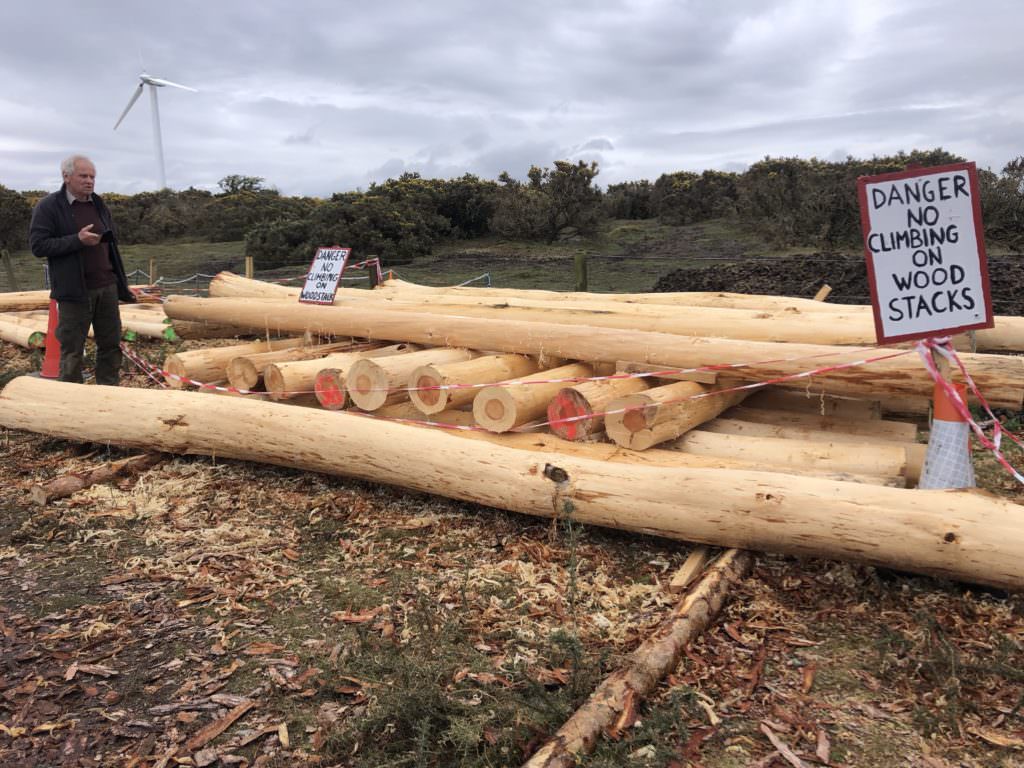
It would have been good to have an article about what has been happening in the Woodland Garden, which every day is becoming even more a haven of growth, peace and activity. Draeyk van der Horn who has been orchestrating this transformation is now our local councillor representing the Green Party so his time for FHT work has been squeezed and his preference is to spend it in the garden creating greater balance in his life rather than writing about it. He very much welcomes volunteers during the Saturday morning sessions that take place from 9am and is open to setting up other sessions to suit you – he can be contacted on 07595434624 or at [email protected] He will need a small team to take on the erection of a new greenhouse which arrives on the 24th May – the old one was seen as too dangerous and Draeyk and his partner Bruce generously offered to buy a new one complete with safety glass. The old frame will not be wasted but used to provide a sheltered potting area behind the Outdoor Learning Space. Draeyk did have time to pop by to try out the ‘throne’ created as part of the new compost toilet – an appropriate place to carry out green councillor surgeries?!
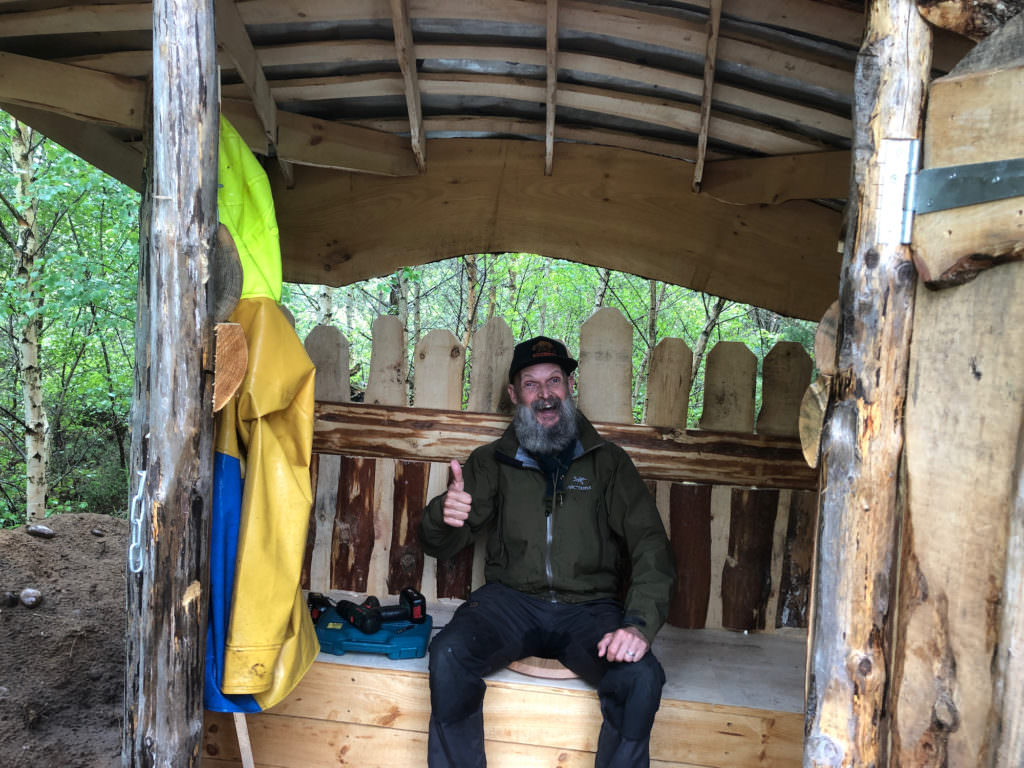
I would also like to take a moment to appreciate an often unsung FHT hero – our Land Manager Kajedo Wanderer who is our only employee that keeps so much good work happening mostly behind the scenes and gives so much of himself and his passion to the land and the people who frequent it. Thank you Kajedo for everything you are and do! It was great to see him recognised recently when he was granted a Woodland Award for his work as a woodland contractor by woodlands.co.uk. This inspiring organisation helps promote small woods ownership and management and more can be found out about the awards scheme at www.woodlands.co.uk/woodlands-awards
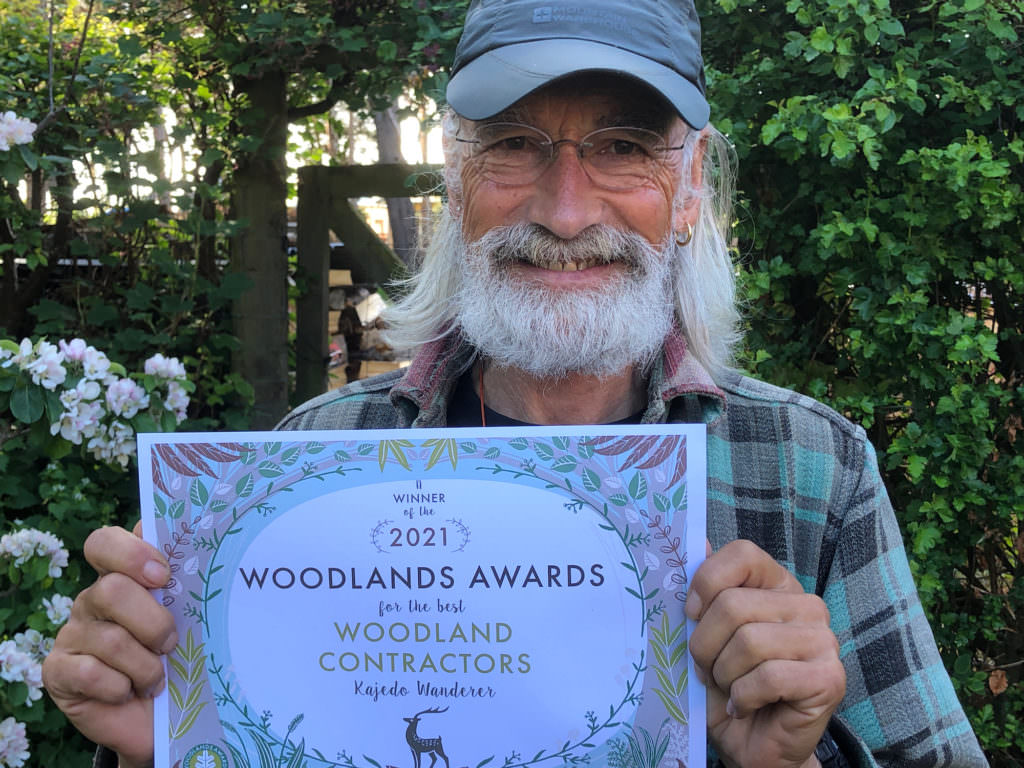
There are exciting plans afoot in the coming months some of which are detailed below:
| Date | Event | |
| 2-4 June | Forest Bathing Training Course | A training course for trainers, which emphasises the scientifically proven health benefits of spending time in woodlands. Initially based in our woods and using our Woodland Shelter then moving to other woodlands in the area with accommodation and food provided by the Findhorn Foundation. |
| 8 June | FHT AGM | Held on Zoom from 7.30pm to 9.00pm |
| 10-12 June | Specialist Weekend Retreat: Biodiversity | Held by Kajedo Wanderer with specialist input from Alan Watson Featherstone founder of Trees for life and Heather Paul our local lichen enthusiast. |
| 16th June | Chivas Regal Corporate event | 30 employees here for the day to give a helping hand to our conservation efforts as well as aid their own team building process |
| 20th June | Forres Academy Biology Field trip | 80 pupils carrying out fieldwork activities on our land. It is hoped to make this an annual event |
| 25th June | FHT Work Party | 9.30-noon meeting at the Hub |
| 2nd –9th July | Weeklong FHT Retreat | Held by Kajedo – the first weeklong retreat |
| 30th July | FHT Work Party | 9.30-noon meeting at the Hub |
| 5th – 7th August | Specialist Weekend Retreat: Plants – Delving Deeper | Held by Kajedo Wanderer with specialist input from Jennie Martin founder of the environmental charity Wild Things! |
| 27th August | FHT Work party | 9.30-noon meeting at the Hub |
| 3rd – 10th September | Weeklong retreat | Based on the land and held by Kajedo |
| 22nd -25th September | Permaculture Scotland Annual Gathering | A big event possibly involving 100 to 150 people camping on our pads and the green burial area. |
| 24th September | FHT Work Party | 9.30-noon meeting at the Hub |
| 30th September -2nd October | Weekend Retreat | Based on the land and held by Kajedo |
Do please support us by attending the upcoming FHT AGM where we can come together to celebrate a very productive year, which has resulted in a positive turnaround with our finances. You can also support our continued success by promoting the various retreats that were so successful last summer – find out more by visiting the Trybooking site and letting your friends know that these happenings are taking place.
We will also need help with managing some of these events including the erection of the big marquee that the Phoenix Shop as a Community Interest Company (CIC) purchased some years ago to help encourage and support larger community events. Contact me on 07825212816 or at [email protected] if you are able to give a helping hand.
That’s all for now. Enjoy the summer. During July and August I will be thinking about you and the land as I sail 2200 nautical miles around Britain. Maybe we will need to delay the next newsletter until the end of September so I have a few weeks to get my feet under me on my return?
Blessings and appreciations to all,
Jonathan Caddy
Chair Findhorn Hinterland Trust


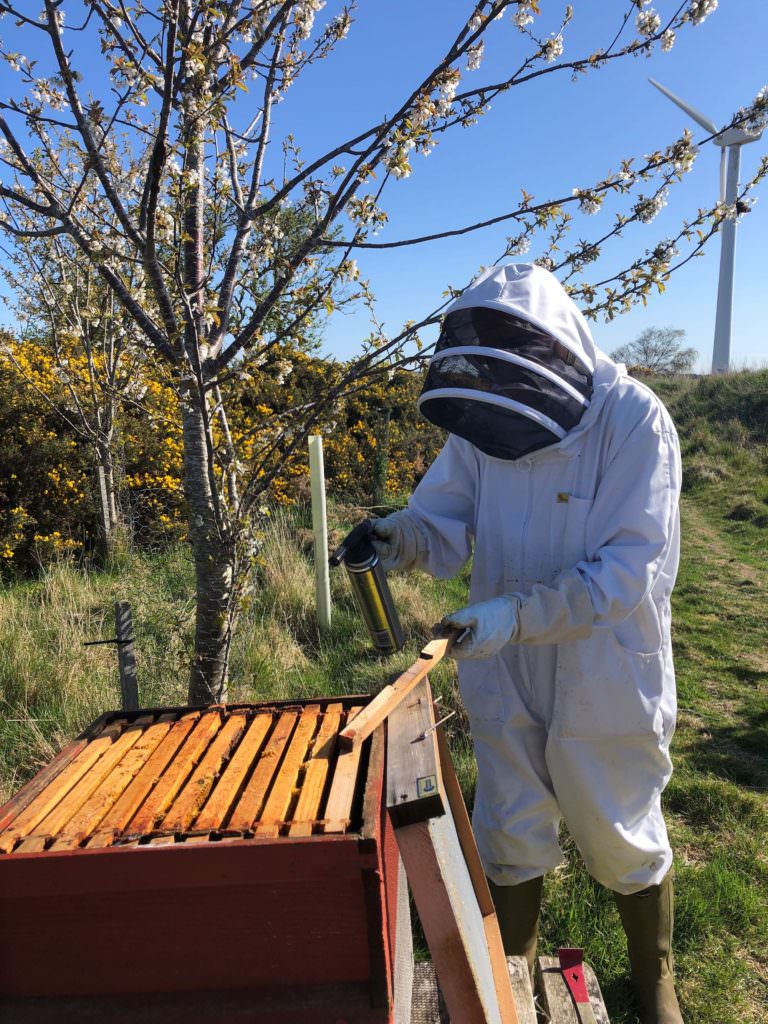
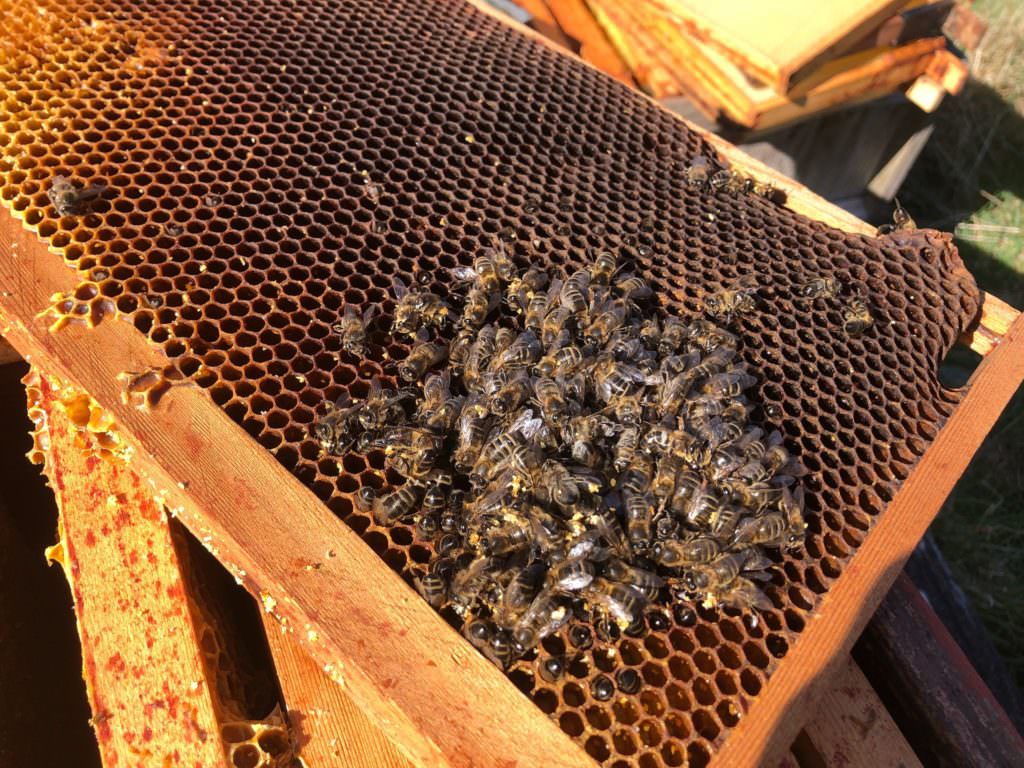
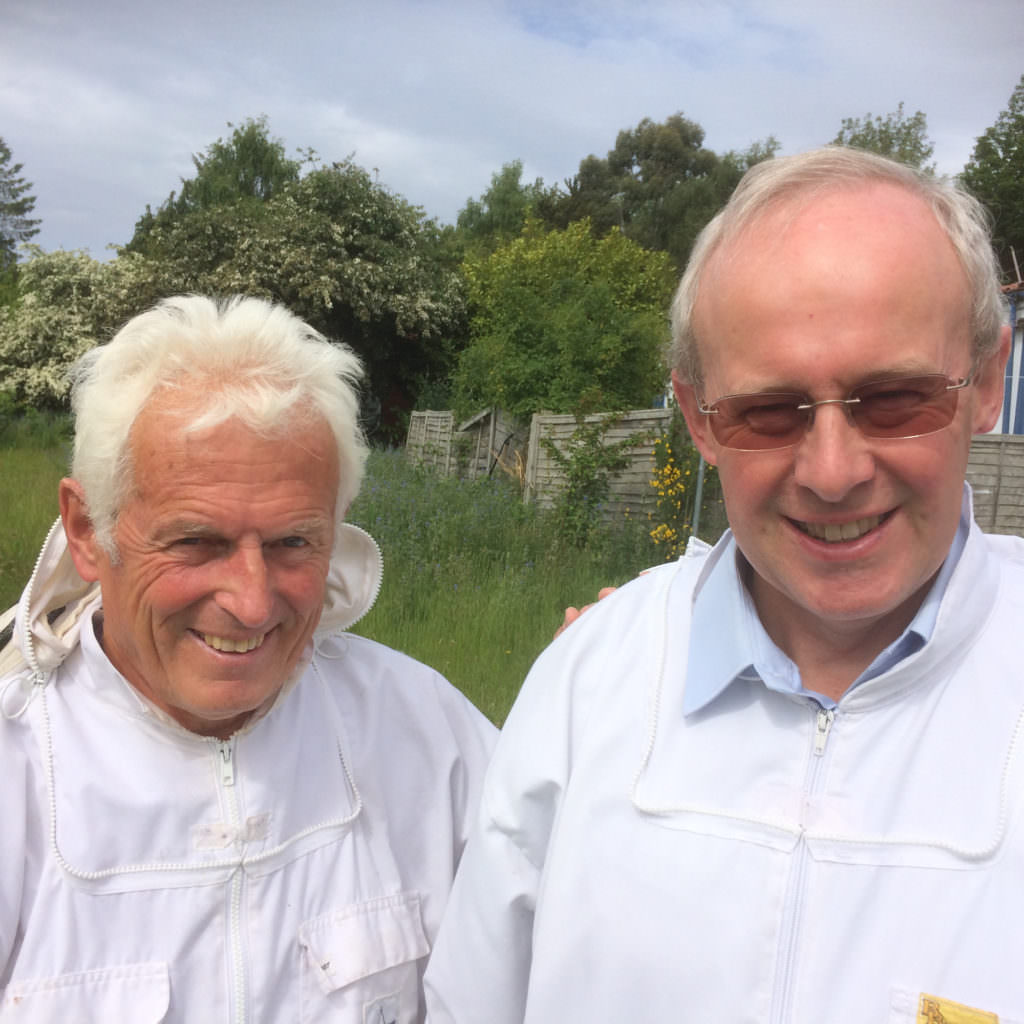
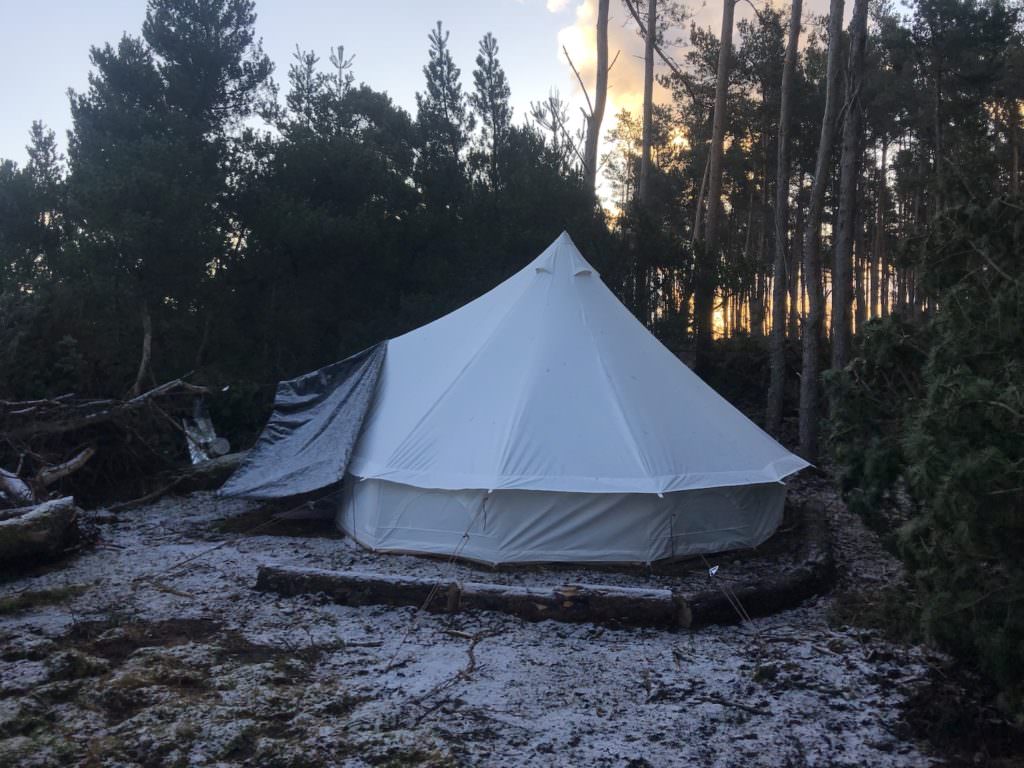
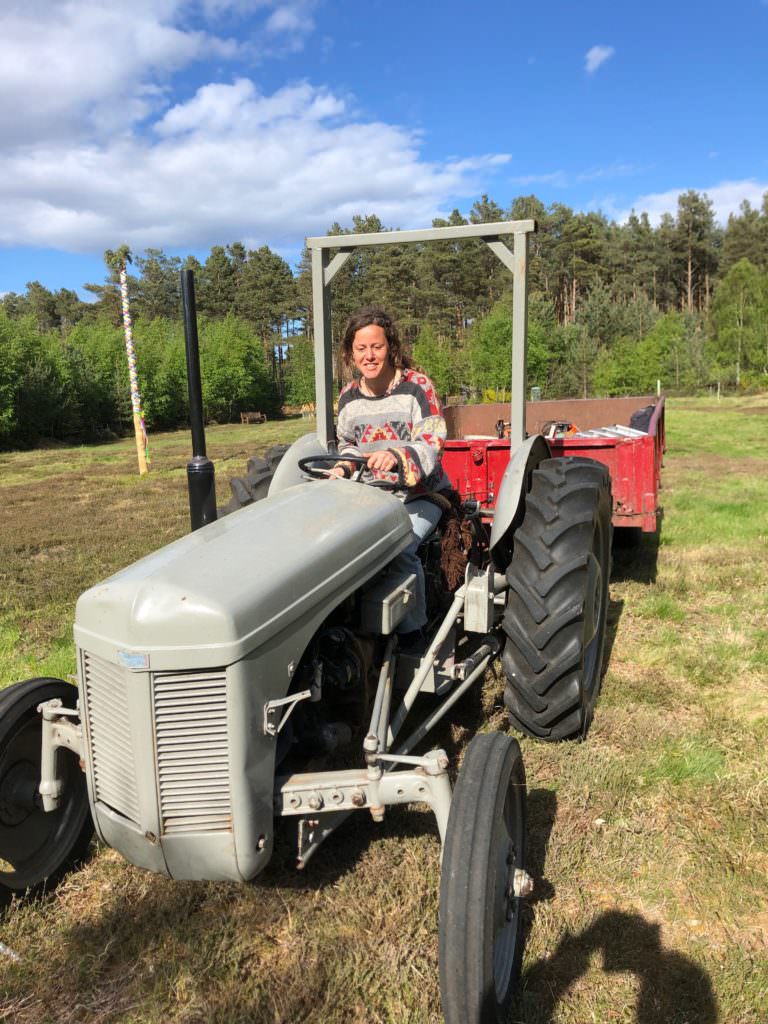
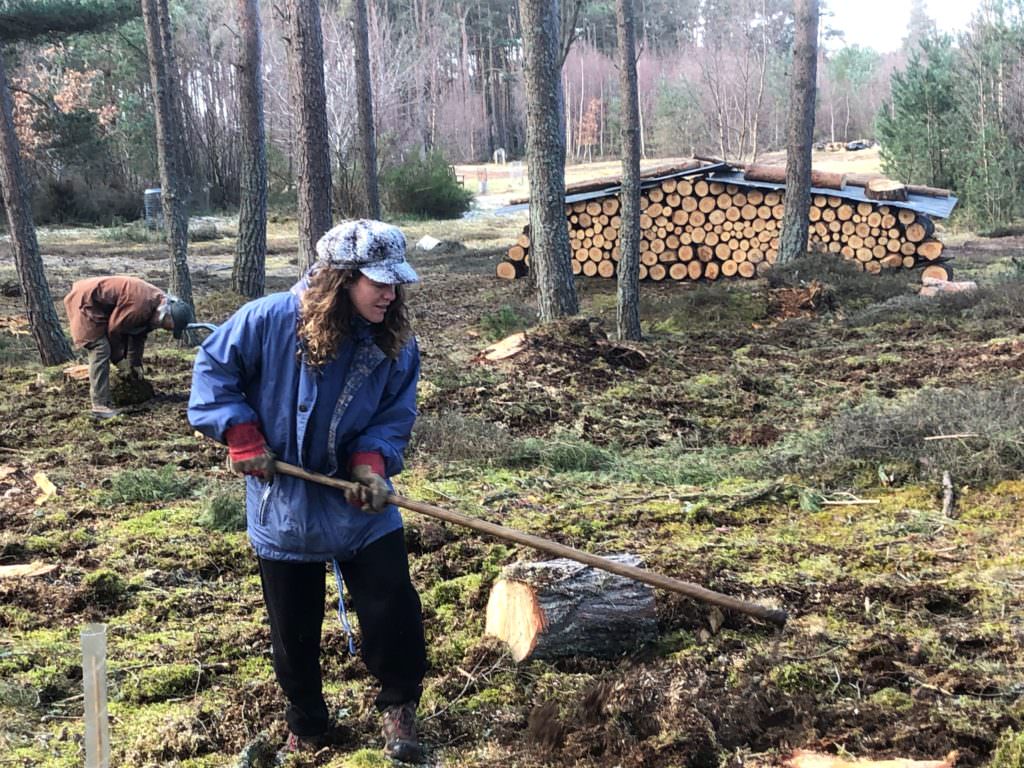
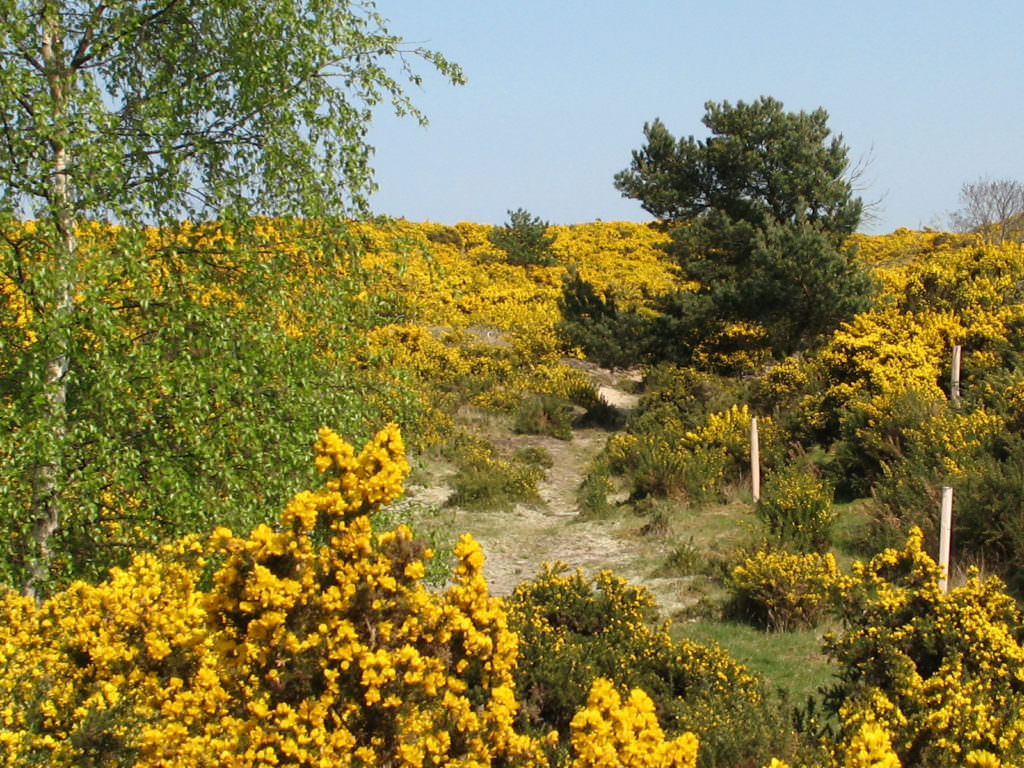
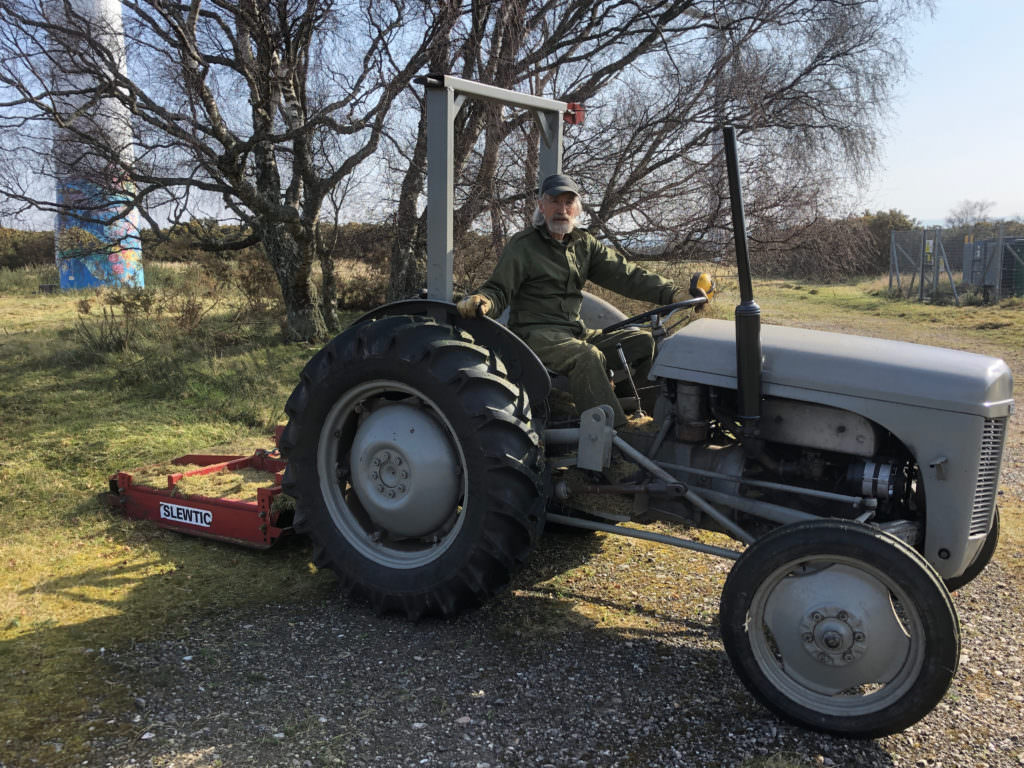
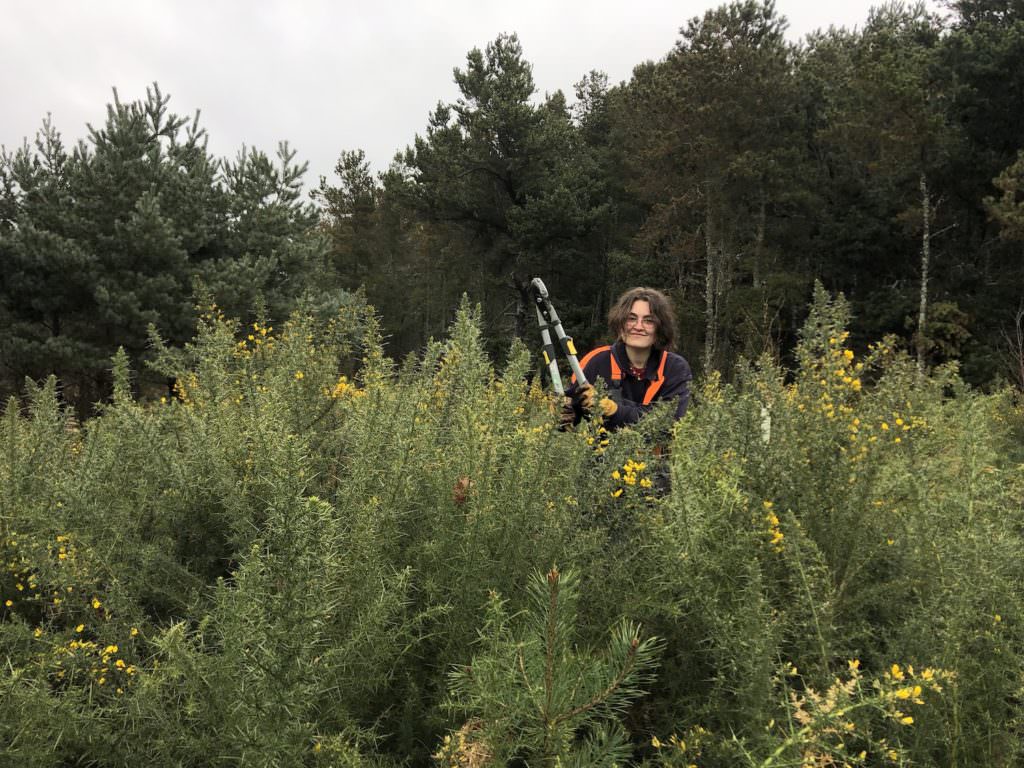
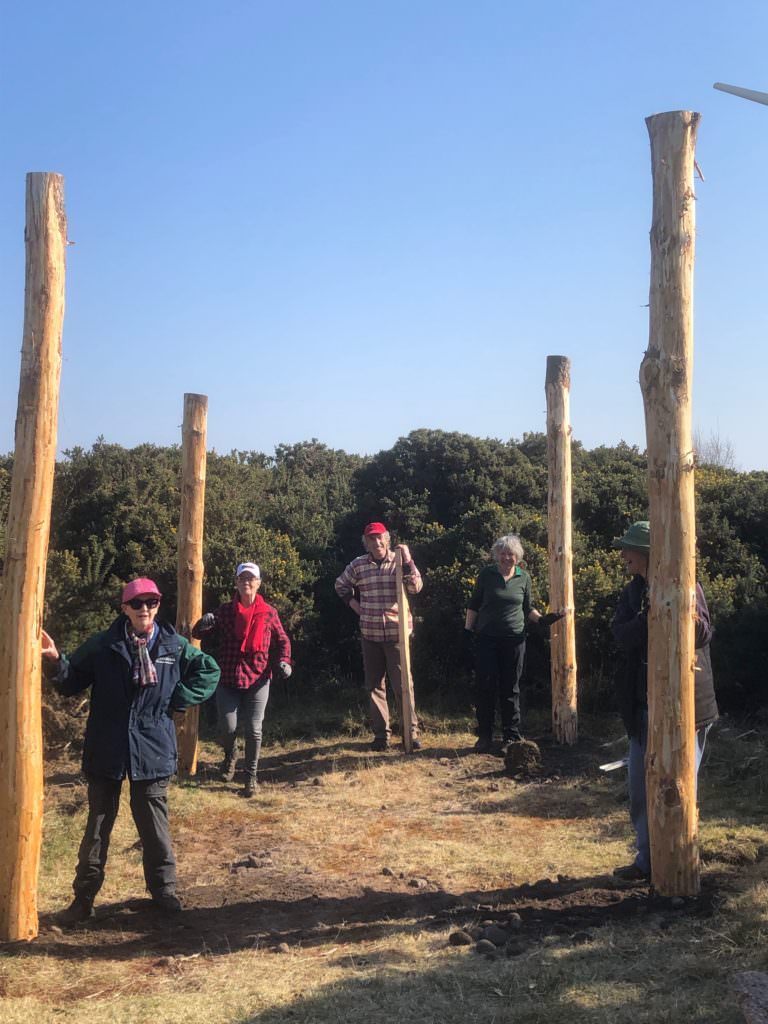
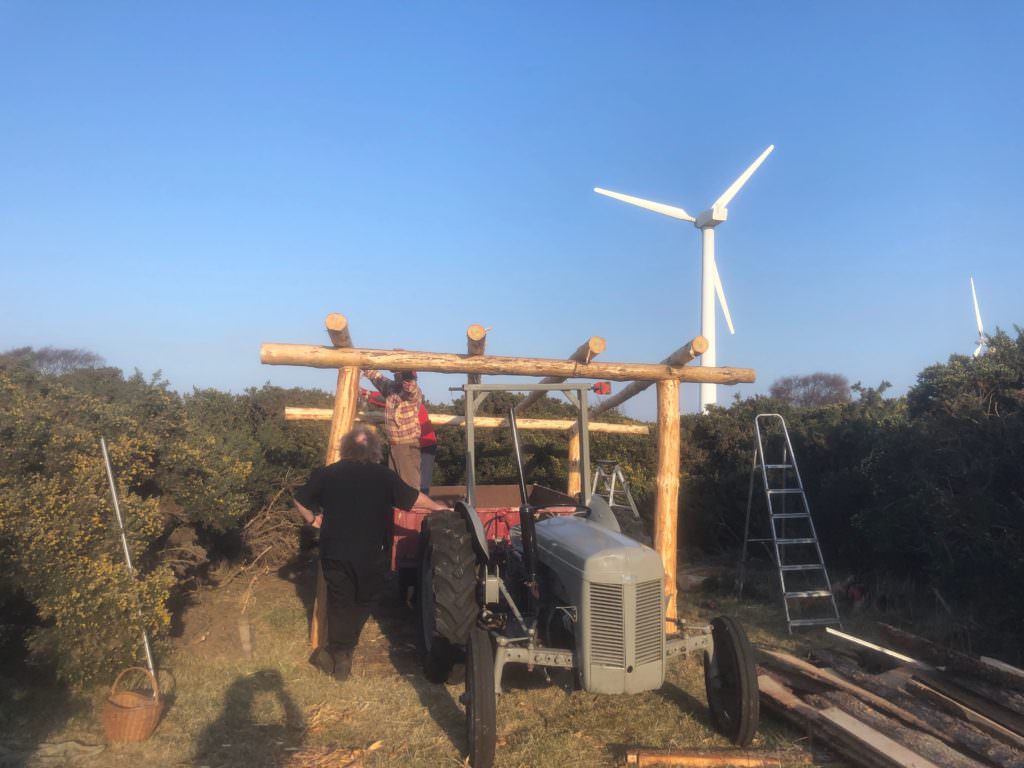
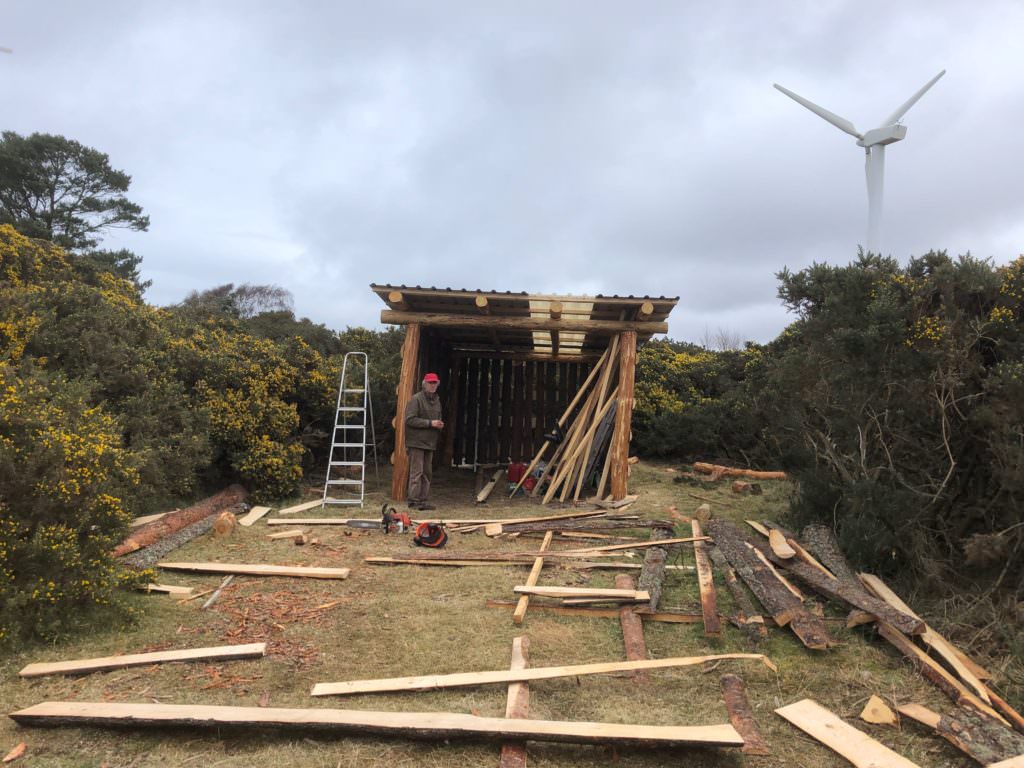
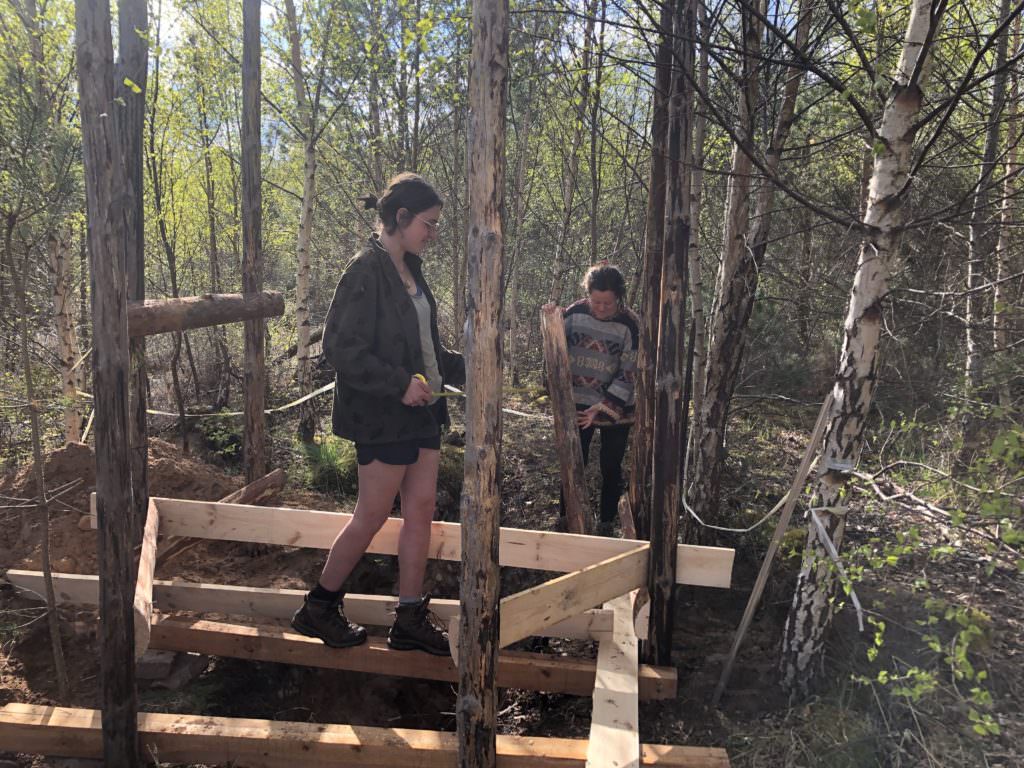
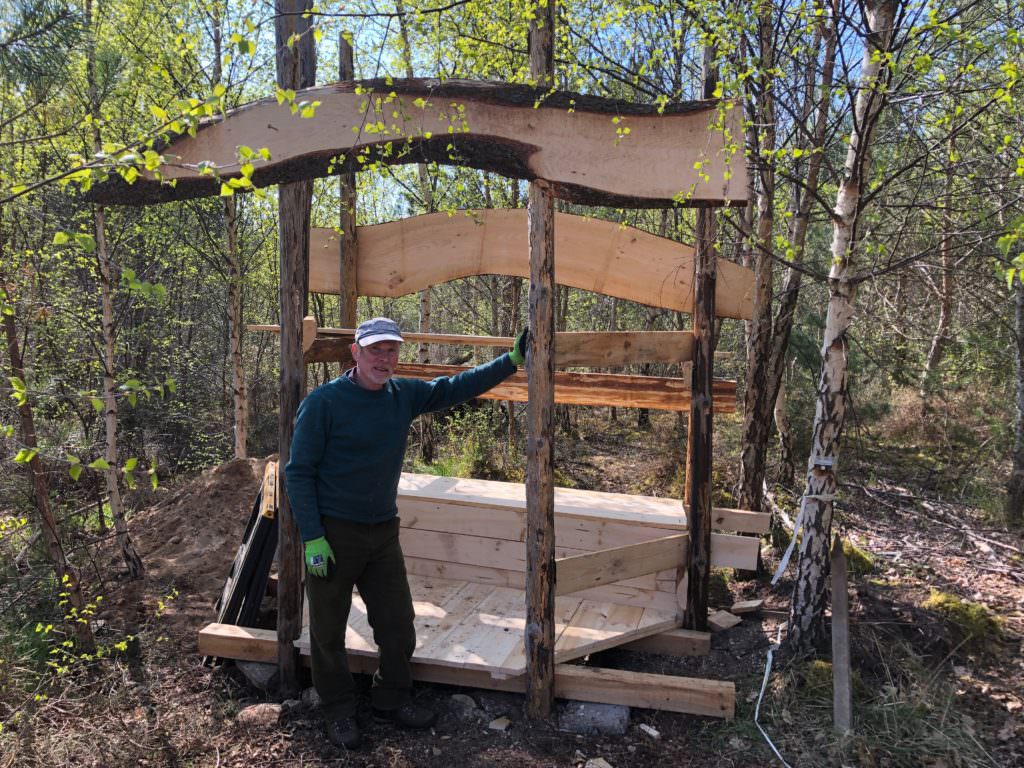
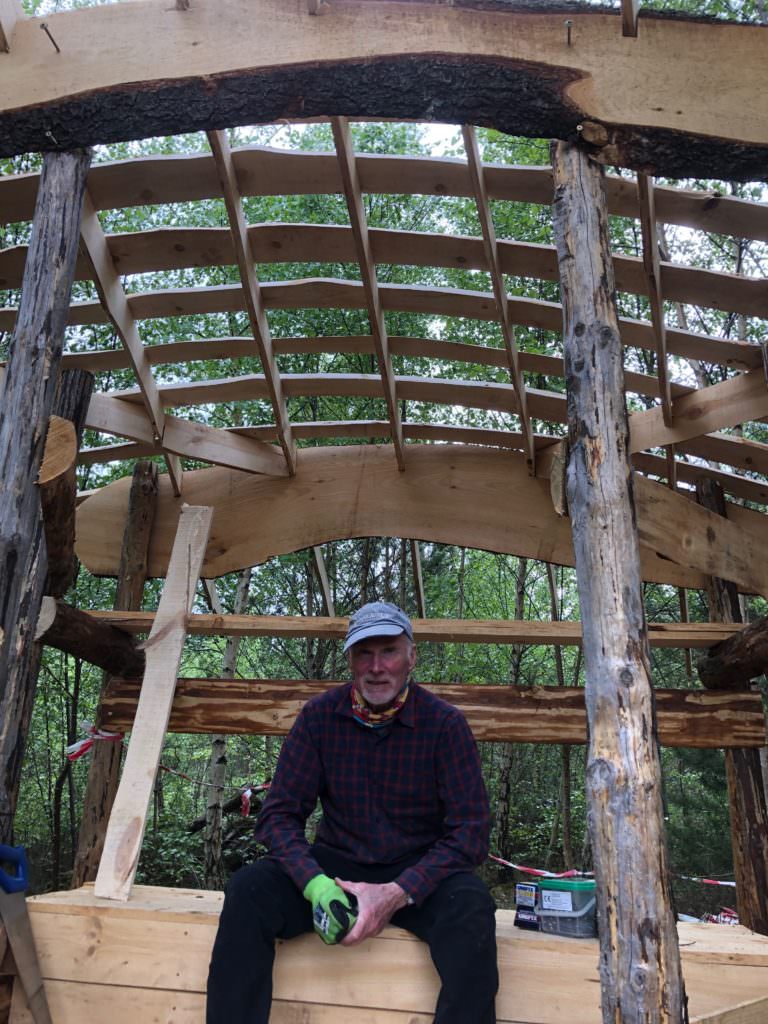
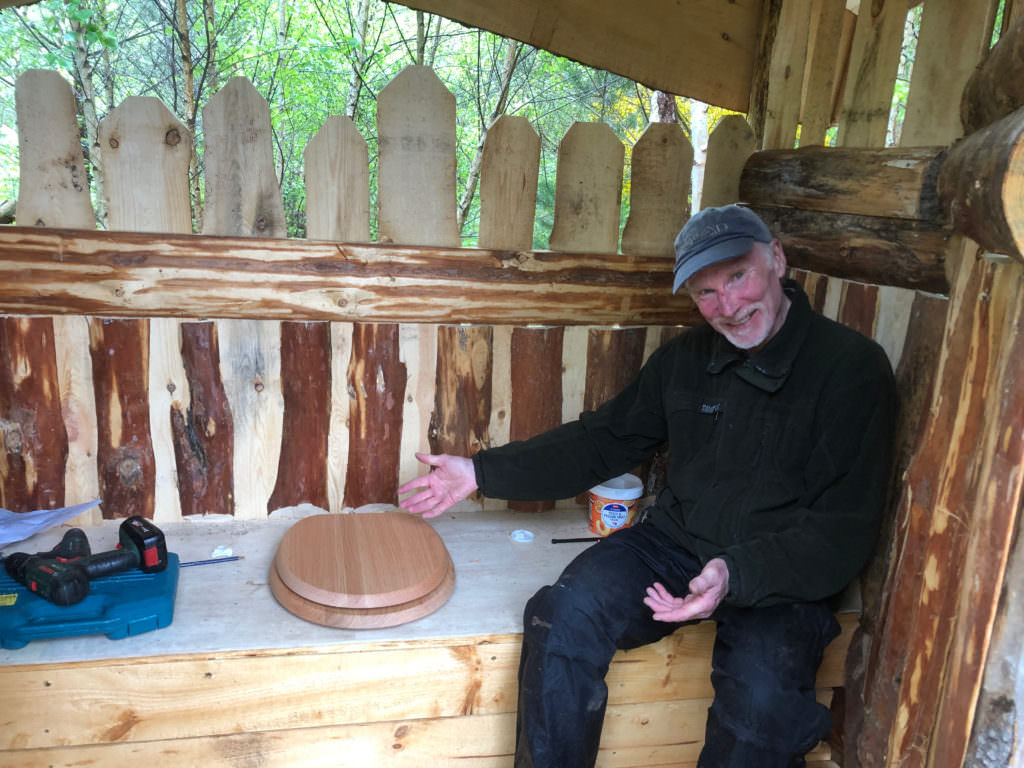
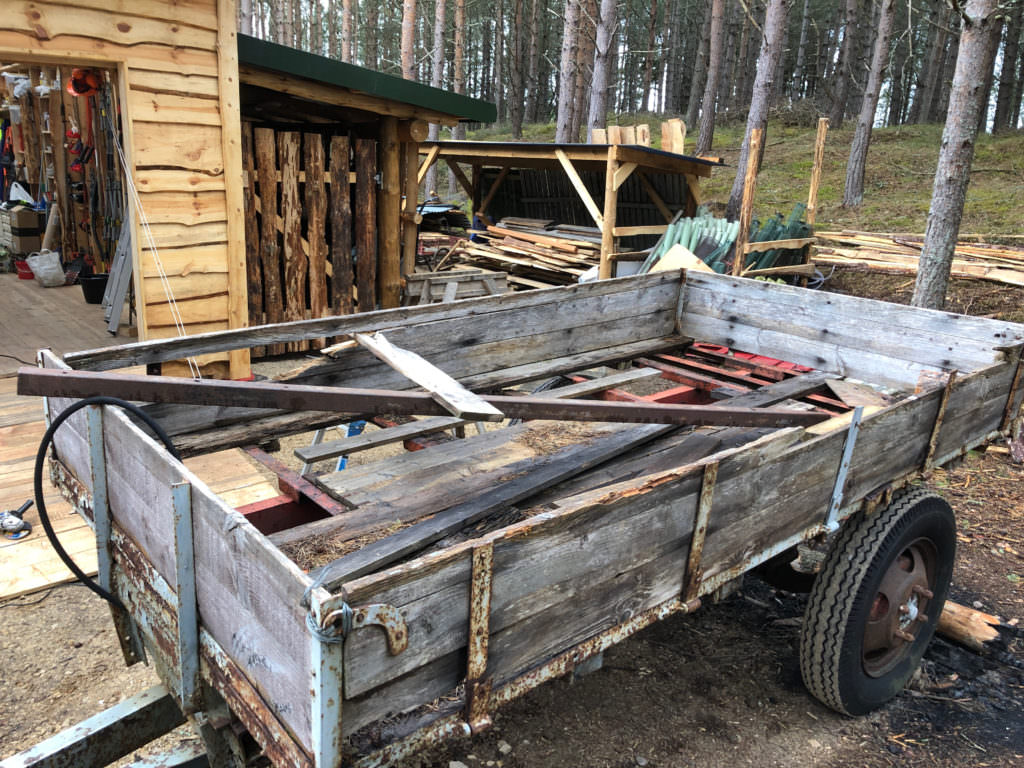
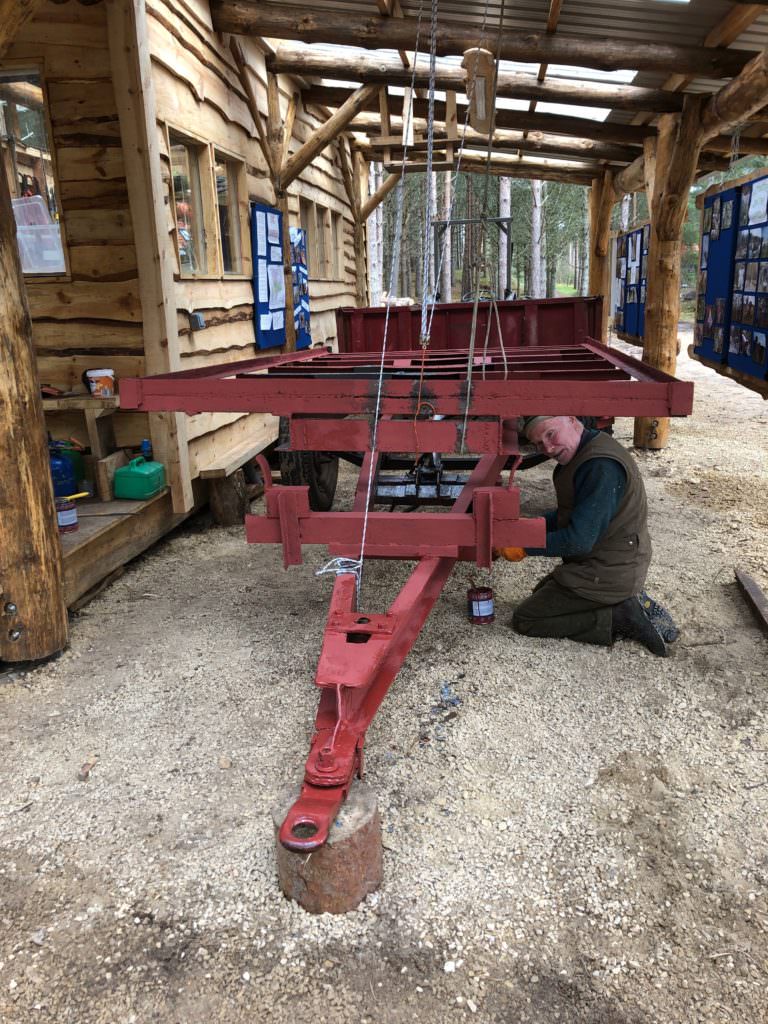
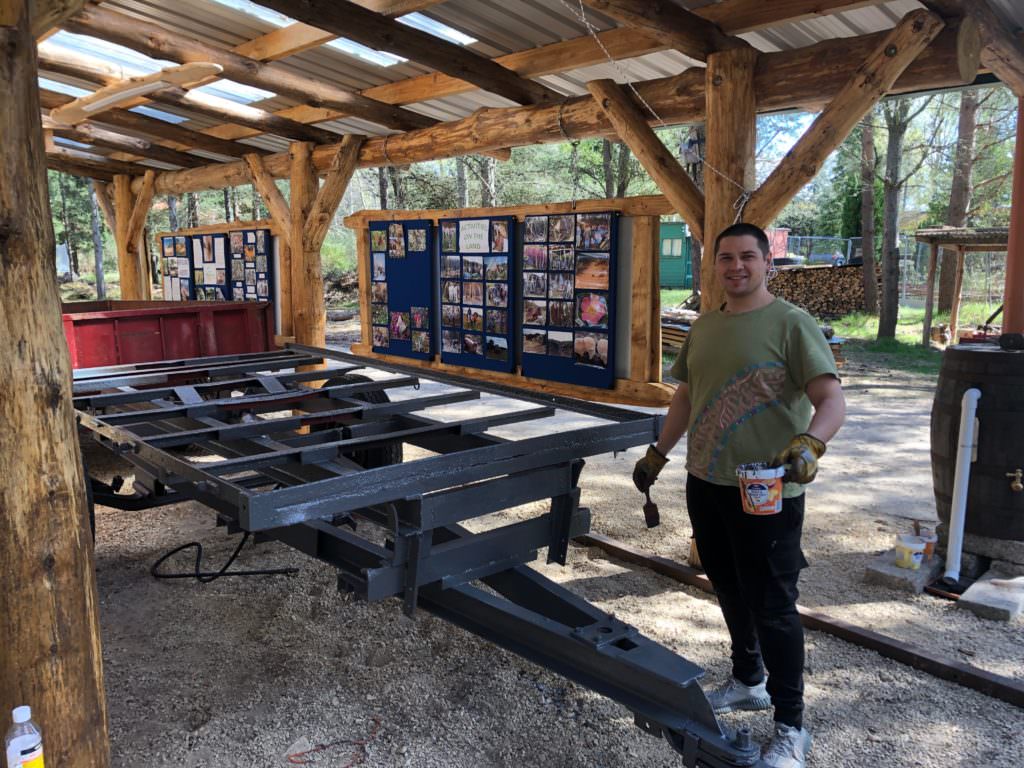
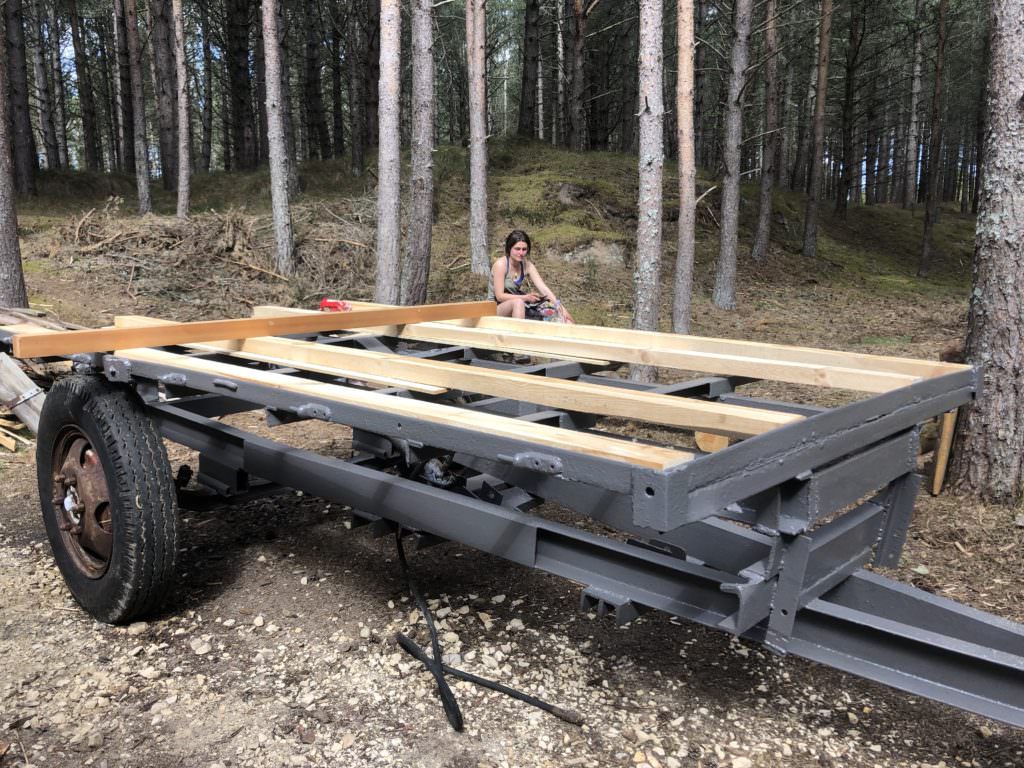
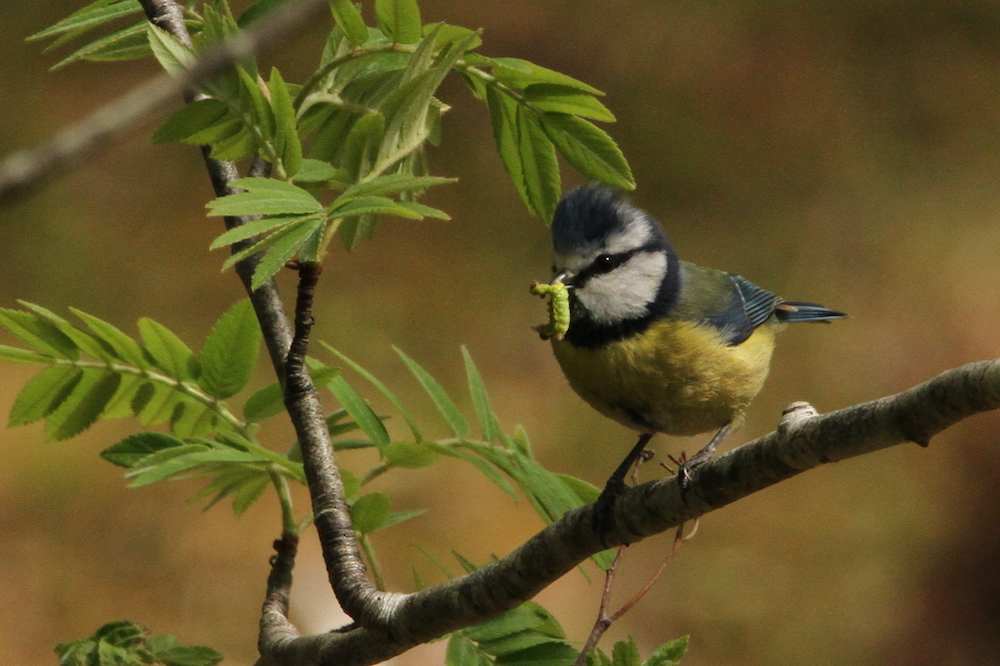
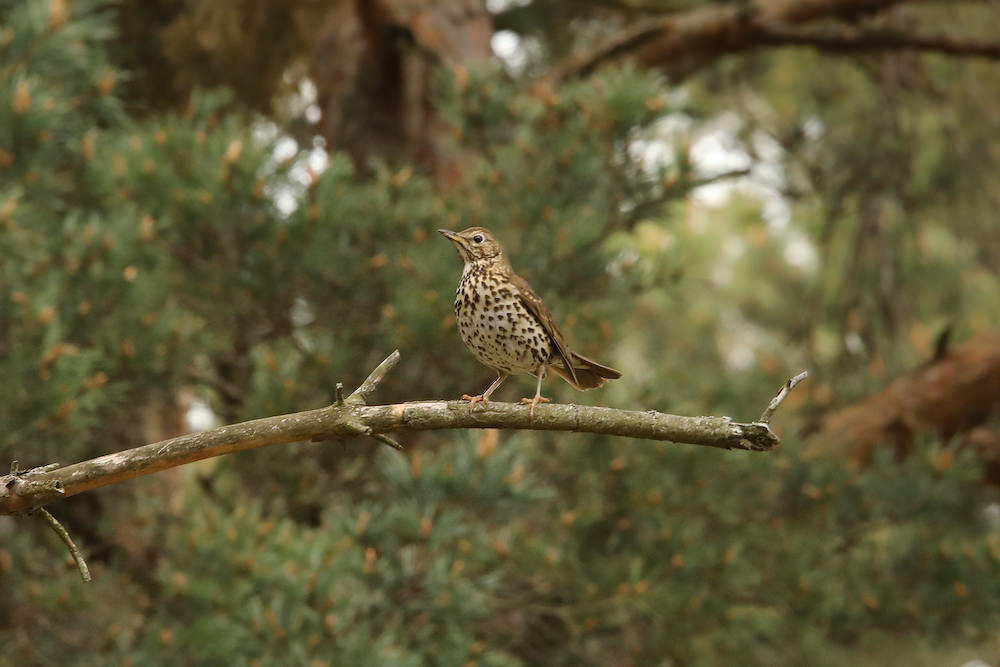
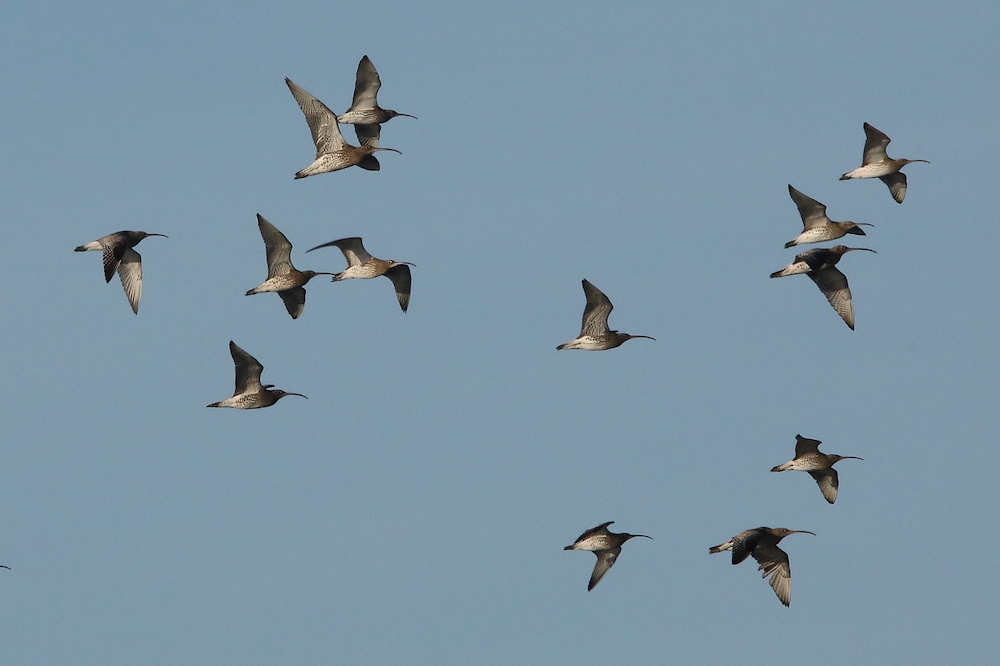
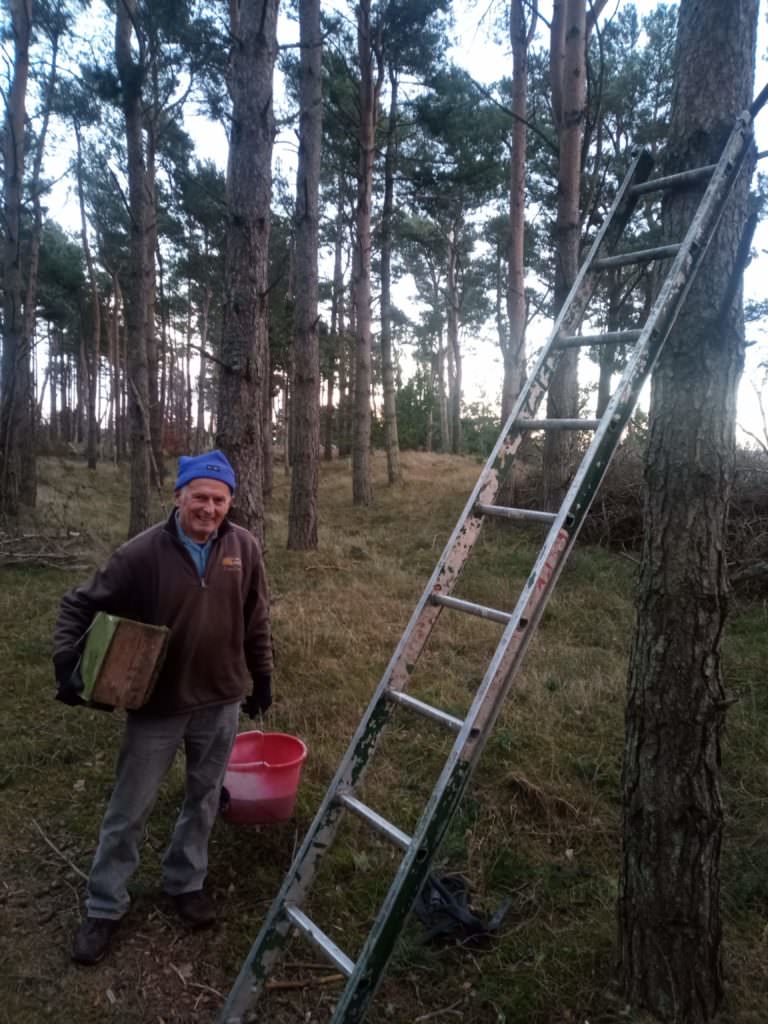
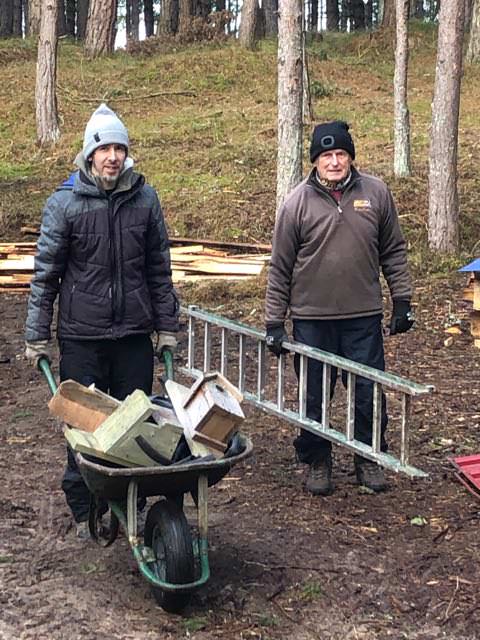
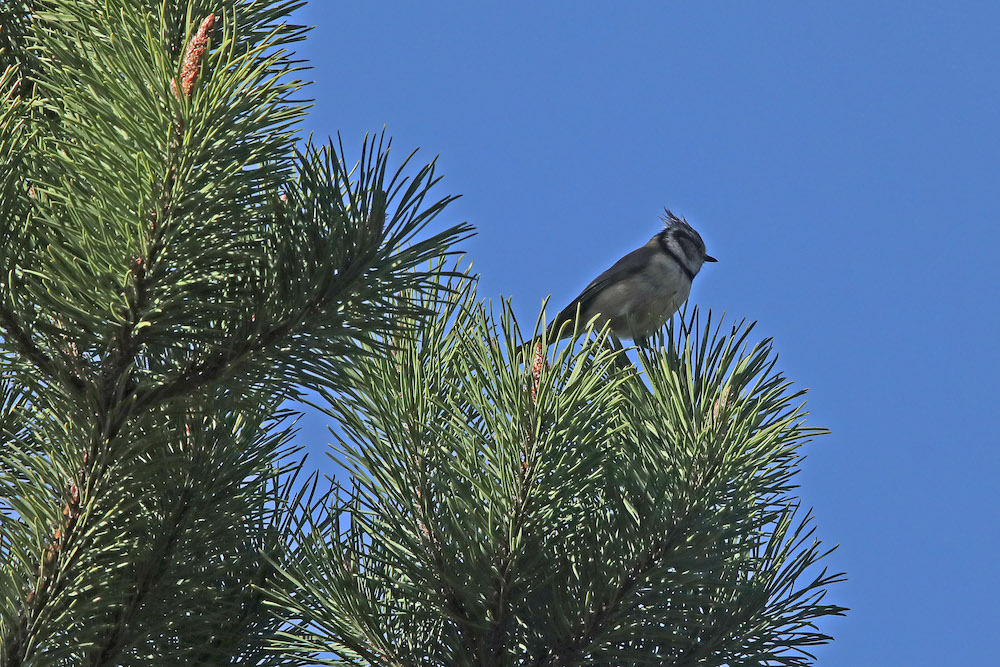




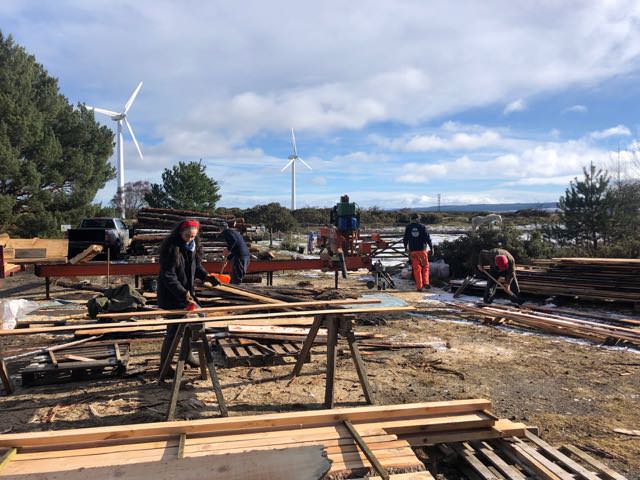
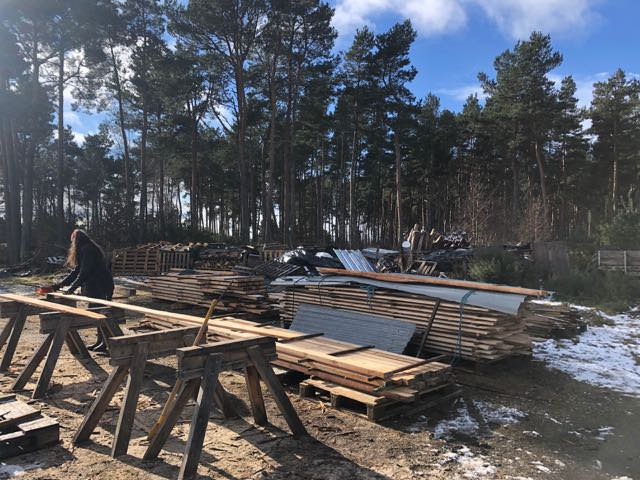
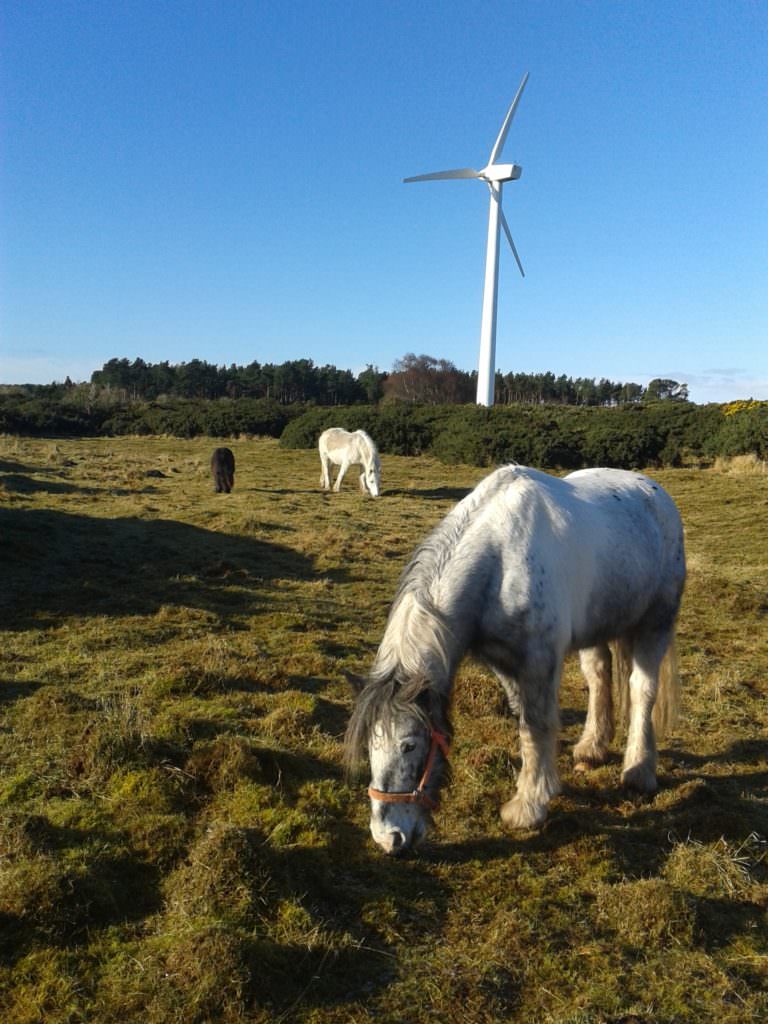
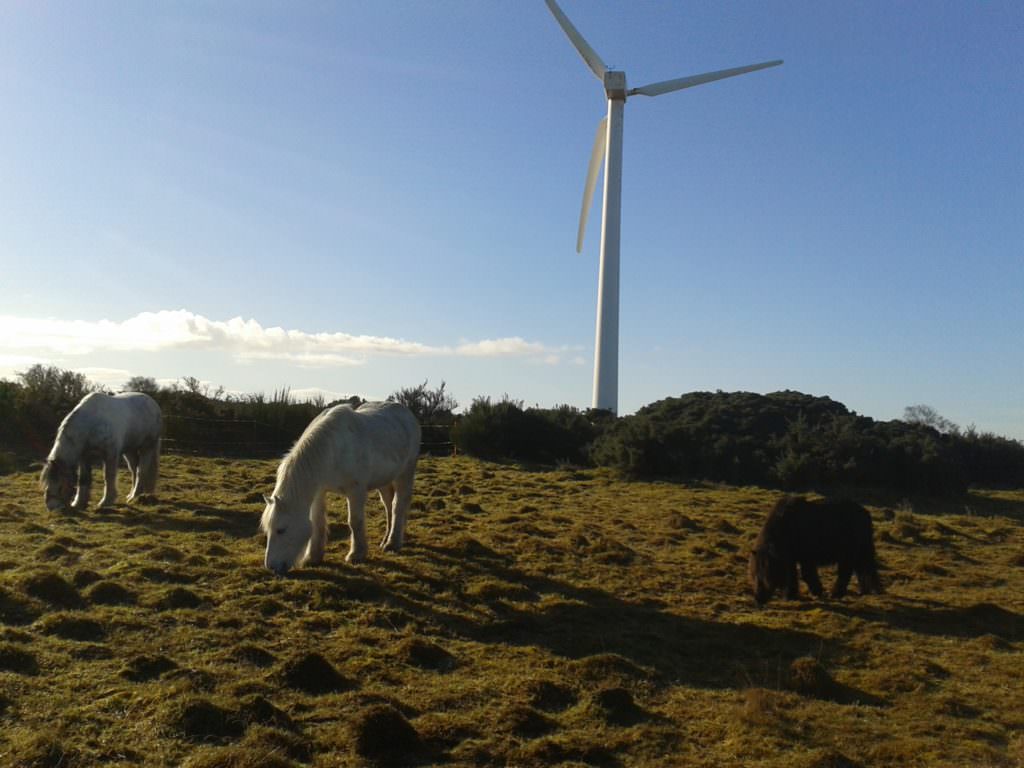
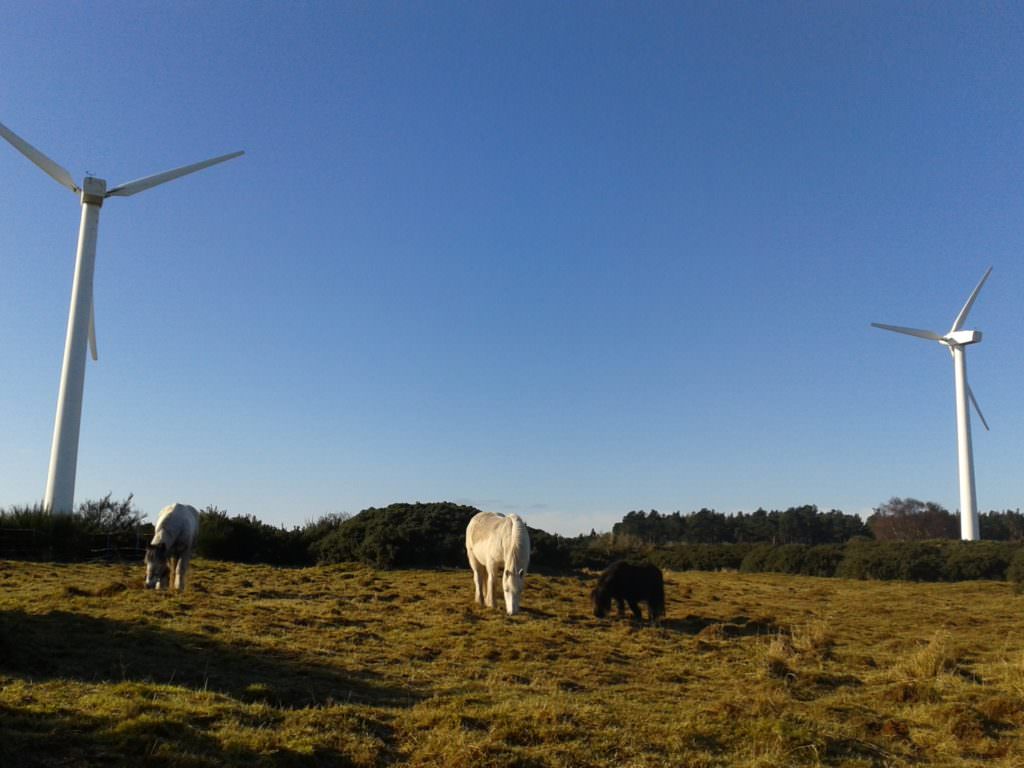
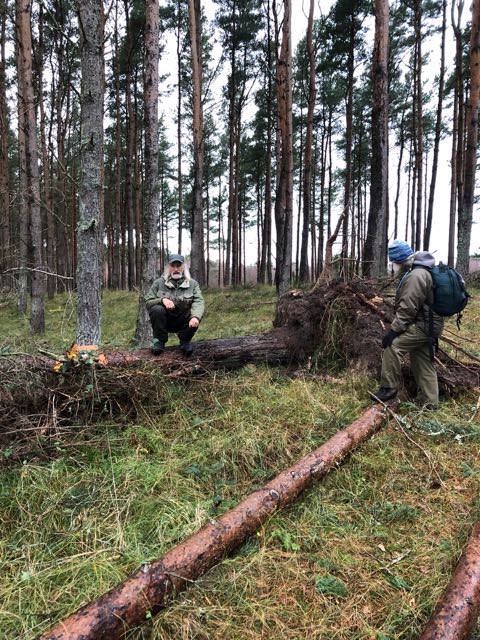
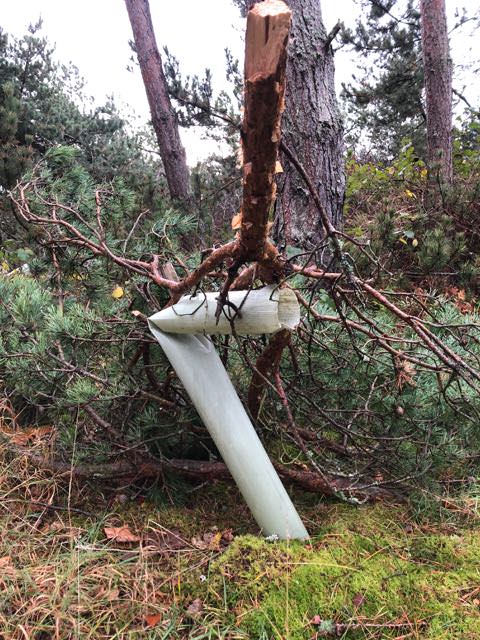
















Botanical Illustrator – Enjoying the Hinterland
Hello I’m Janet.
I first came to Findhorn in 1979 while on a camping trip to Scotland. This was followed by attending Experience Week in 1981 and regular but infrequent visits since then. I was taken with the connection to nature at Findhorn that I hadn’t met elsewhere. It became my life-long spiritual home. I almost came to live here, taking huge risks with my career to follow what I really wanted to do in pursuing my interest in working with children, with always an idea that if it didn’t work out I would live at Findhorn. It did work out, and I worked as Director of a Child Psychotherapy training school until my retirement at the end of 2019. Attuning to the essence of my work, as I had learned to do at Findhorn, was a daily practice.
I came to the 2019 Climate Change and Consciousness conference at Findhorn and at that time also became the owner of a caravan at Findhorn Sands. The pull to do this was one of the strongest I’ve felt in my life.
Lockdown prevented me from visiting the caravan much in the first year and I enriched my love of nature by joining the Natural History Society of Northumbria, a local organisation to my hometown Newcastle upon Tyne, and signing up for an online class in botanical drawing.
Since then the Hinterland has offered me many opportunities to practice my emerging skills. I have collected and drawn specimens of lichen, aided and abetted by the very knowledgeable Heather Paul, and seaweed, rowan and wild rose. I hope these drawings inspire others to do the same. Experiencing a close connection with nature is so much more important than the end result.
Janet Shaw